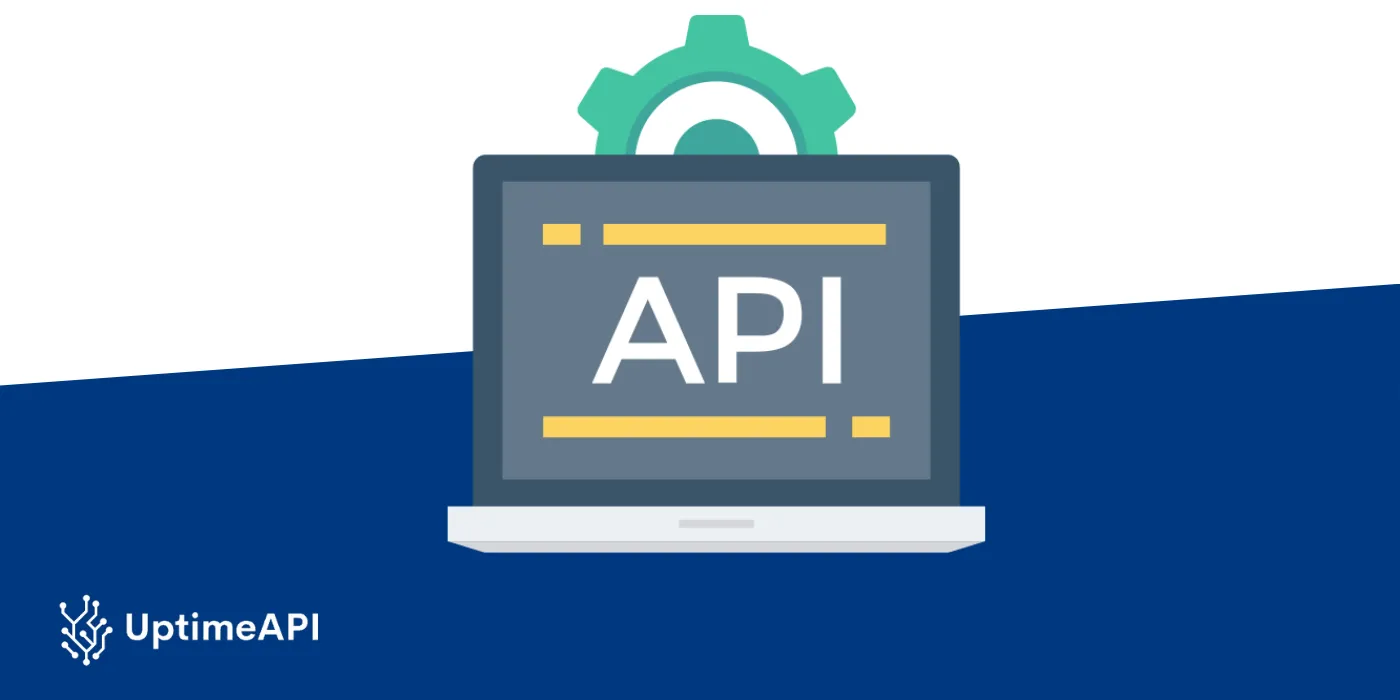API Monitoring For Worldwide Programmers

In today's interconnected digital world, APIs (Application Programming Interfaces) serve as the backbone of software development, facilitating seamless communication between different applications and systems. With developers working across the globe on diverse projects, ensuring the reliability and performance of APIs becomes paramount. This is where API monitoring tools like Uptime API come into play, offering developers a simple yet powerful solution to monitor their APIs in real-time.
Understanding the Importance of API Monitoring
APIs are integral to modern software development, enabling applications to interact with each other and access external services. However, as the complexity of software systems grows, so do the challenges associated with maintaining the performance and reliability of APIs. Even minor disruptions or slowdowns in API performance can have significant repercussions, affecting user experience and business operations.
The Role of Uptime API in API Monitoring
Uptime API is a robust monitoring tool designed to help developers track the performance and availability of their APIs with ease. With its intuitive interface and advanced features, Uptime API simplifies the process of monitoring APIs, empowering developers to identify and address issues quickly.
Real-Time Monitoring with Uptime API
One of the key features of Uptime API is its real-time monitoring capability. Developers can easily configure Uptime API to monitor their API endpoints continuously, ensuring that any issues or anomalies are detected promptly. Real-time monitoring allows developers to stay ahead of potential problems and take proactive measures to maintain the reliability of their APIs.
Customizable Alerts for Seamless Notification
Uptime API offers customizable alerting capabilities, allowing developers to set up alerts based on predefined thresholds for performance metrics such as response time and error rates. This ensures that developers are notified immediately when an API endpoint experiences issues, enabling them to respond promptly and minimize downtime.
Comprehensive Reporting and Analytics
In addition to real-time monitoring and alerting, Uptime API provides comprehensive reporting and analytics features. Developers can access detailed reports on API performance metrics, analyze trends over time, and gain valuable insights into the health of their APIs. This enables developers to make informed decisions about optimizing API endpoints and improving overall performance.
Seamless Integration with Existing Workflows
Uptime API seamlessly integrates with existing development workflows and tools, making it easy for developers to incorporate API monitoring into their processes. Whether it's integrating with popular collaboration platforms like Slack or integrating with version control systems like GitHub, Uptime API fits seamlessly into developers' existing workflows, minimizing disruption and maximizing efficiency.
Best Practices for API Monitoring with Uptime API
- Define Key Metrics: Identify the key performance metrics that are most relevant to your API endpoints, such as response time, error rates, and throughput.
- Set Thresholds: Establish threshold values for each metric to define acceptable performance levels. This will help you determine when an API endpoint is experiencing issues and needs attention.
- Monitor Continuously: API monitoring should be conducted continuously to ensure that any issues or anomalies are detected promptly.
- Automate Alerts: Set up automated alerts to notify you when an API endpoint exceeds predefined thresholds for performance metrics. This will enable you to respond quickly to any issues that arise.
- Regularly Review Reports: Take advantage of Uptime API's reporting and analytics features to regularly review API performance trends and identify areas for improvement.

Conclusion
API monitoring is essential for ensuring the reliability and performance of APIs, especially in today's globalized software development landscape. With tools like Uptime API, developers can simplify the process of monitoring their APIs, enabling them to detect and address issues quickly. By leveraging real-time monitoring, customizable alerts, comprehensive reporting, and seamless integration capabilities, developers can ensure the optimal performance of their APIs and deliver a superior user experience.